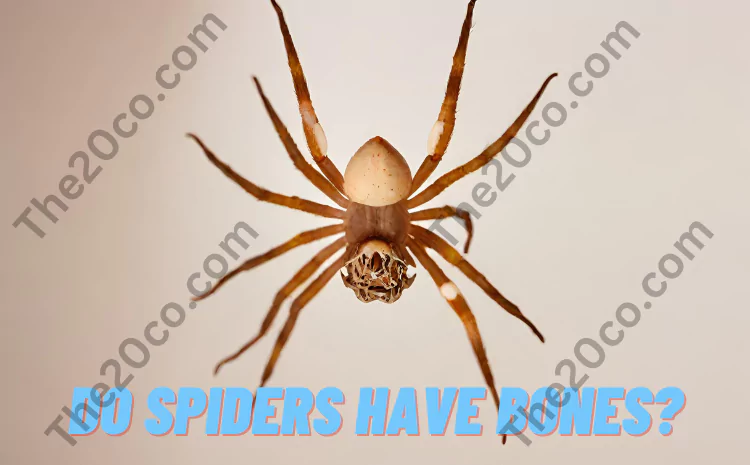As you observe a spider crawling or dangling from its intricate web, have you ever wondered – do spiders have bones protecting their bodies like humans and other animals?
It may be surprising to learn spiders do not have internal bones at all. Read on to understand their unique anatomy more closely.
Key Takeaways
- Spiders lack an internal skeleton and bones
- Instead, they rely on an external shell called an exoskeleton
- Made of chitin, the tough exoskeleton supports body structure
- Spiders periodically molt, shedding their exoskeletons as they grow
- Newly formed soft exoskeletons harden offering renewed support
Knowing spiders entirely lack a bony endoskeleton gives even more appreciation for the versatility of their unusual physique.
Decoding the Spider’s Anatomy
All spiders belong to a family of creatures called arthropods – jointed animals with segmented bodies. Beyond spiders, ants, crabs, and lobsters are also arthropods.
A key anatomical trait binding arthropods is having an exoskeleton rather than internal bones.
Understanding Exoskeletons
An exoskeleton refers to a protective outer shell covering an organism’s body. This armor-like cocoon shapes the body while shielding inner organs.
For spiders, the main component forming exoskeletons is chitin, a tough, flexible polysaccharide material. Chitin comprises the fine hairs, fangs, spinnerets, legs, and cephalothorax sections too.
Beyond physical support, an exoskeleton also assists with:
- Protecting against predators
- Enabling movement via attached muscles
- Preventing water loss
Its design allows spiders to scale steep verticals and hang upside down effortlessly!
Growing Out of Exoskeletons Through Molting
As arachnids including spiders grow, their hard exoskeletons cannot expand in size. This would choke their internal organs.
Instead, spiders shed their rigid exoskeletons periodically, growing a new flexible replacement underneath. This process is called molting.
During molting cycles:
- A new soft exoskeleton forms under the current hard shell
- Digestive enzymes loosen part of the old exoskeleton
- The spider emerges leaving its shell behind
- Over days to weeks, the new exoskeleton hardens offering renewed support
Through successive molts, spiders can continue growing steadily throughout life. They may molt up to 10 times before reaching maturity.
Do Other Arachnids Like Scorpions Have Bones?
Scorpions represent another well-known arachnid. Like their spider cousins, scorpions also:
- Boast armor-like exoskeletons without bones
- Must regularly molt their protective external shells
- Can regrow lost limbs after molting
So whether spiders, scorpions or ticks, no arachnid possesses true internal bones. But durable exoskeletons efficiently replace skeletons.
The Takeaway
When wondering “do spiders have bones?”, the short answer then is no! Spiders rely on tough yet flexible external exoskeletons for shape, structure and dexterity.
Molting enables growing by shedding old shells for new. Take a closer look next time you find a spider or its abandoned molted exoskeleton. Understanding arachnid anatomy gives new admiration for these skittish creatures!

